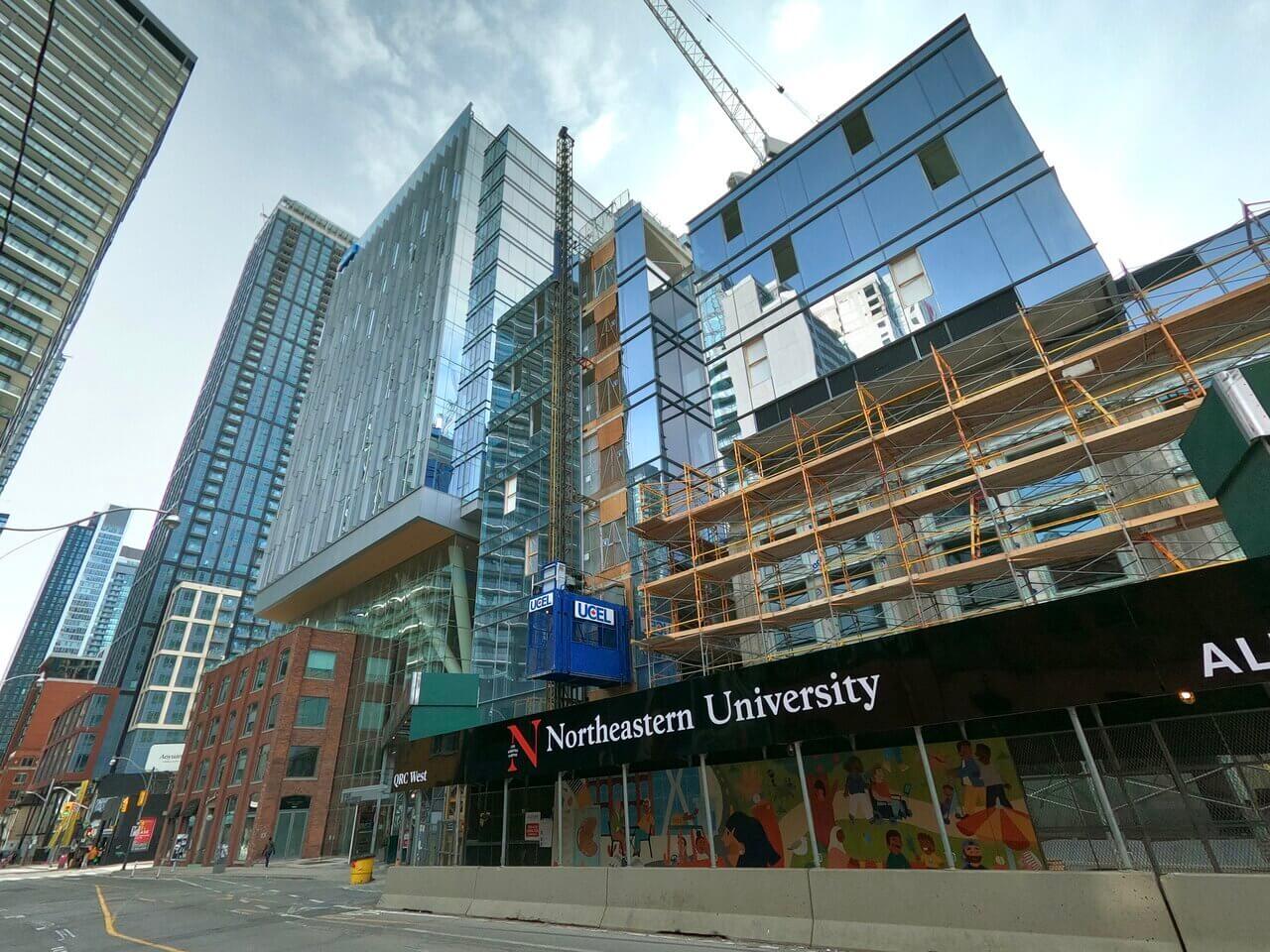Construction projects often undergo constant changes in layout, height, and workflow as they progress, calling for flexible vertical access solutions. A temporary construction elevator is essential equipment that meets these evolving demands by providing safe, reliable vertical transportation for both workers and materials throughout different construction phases. These elevators enable quicker movement and help maintain project schedules without the need for permanent installations during the build.
Understanding the functionality and benefits of a temporary elevator for construction is key to optimizing site logistics and enhancing overall safety. These elevators are designed to support demanding environments, ensuring that teams can move efficiently between levels regardless of weather or structural changes.
Use Cases for Temporary Elevators on Job Sites
Temporary construction elevators serve a variety of purposes depending on the project’s scale and specifications. They are ideal for:
- High-rise and multi-story building projects requiring frequent movement of personnel and heavy supplies.
- Large infrastructure developments needing efficient vertical materials handling.
- Sites with tight spaces where other lifting methods are impractical.
- Projects in which quick access between floors accelerates workflow and minimizes downtime.
Their adaptability makes temporary lifts for construction beneficial in both interior and exterior applications, providing essential support where scaffoldings or ladders fall short.
Installation and Dismantling: What to Know
Installing a temporary construction elevator involves assembling a modular lift system, typically mounted on the building’s exterior or scaffold structure. Thanks to its design, installation is relatively quick, minimizing disruption to other site activities. Manufacturers and service providers tailor assemblies to project specifics, including height, load capacity, and available space.
Dismantling follows a similarly efficient process, allowing the elevator to be removed and relocated as project phases conclude or move. Proper planning during installation and dismantling phases ensures minimal downtime and safety adherence.
Temporary vs. Permanent Construction Elevators
While permanent elevators are built into the final structure for long-term use, temporary elevators for construction are specifically designed for the construction timeline. Temporary elevators prioritize ease of installation, mobility, and quick removal—qualities crucial during fluctuating project needs.
Permanent elevators generally require completion of structural elements before operation and involve significant installation time. Conversely, temporary lifts provide immediate, flexible vertical access that can adapt to ongoing site modifications without interrupting work.
Read More:
How Temporary Construction Elevators Improve Jobsite Efficiency
How Temporary Elevators Improve Safety and Productivity On-Site
Selecting the Right Temporary Lift Partner
Choosing a reliable partner to supply and service a temporary construction elevator is vital. The ideal provider offers customized solutions that match project size, duration, and safety requirements. Factors such as regulatory compliance, maintenance services, capacity options, and operator training ensure smooth elevator operation.
Experienced providers also support integration with other site logistics, providing technical expertise to optimize vertical movement efficiency.
Agility Through Vertical Access Solutions
A temporary construction elevator offers construction projects the agility needed to adapt to shifting site demands without sacrificing safety or productivity. UCEL Inc. delivers high-quality temporary elevators for construction, designed to streamline vertical transport and support tight schedules. For tailored solutions and expert guidance on temporary lifts, contact UCEL Inc. today and empower project teams with reliable vertical access.
